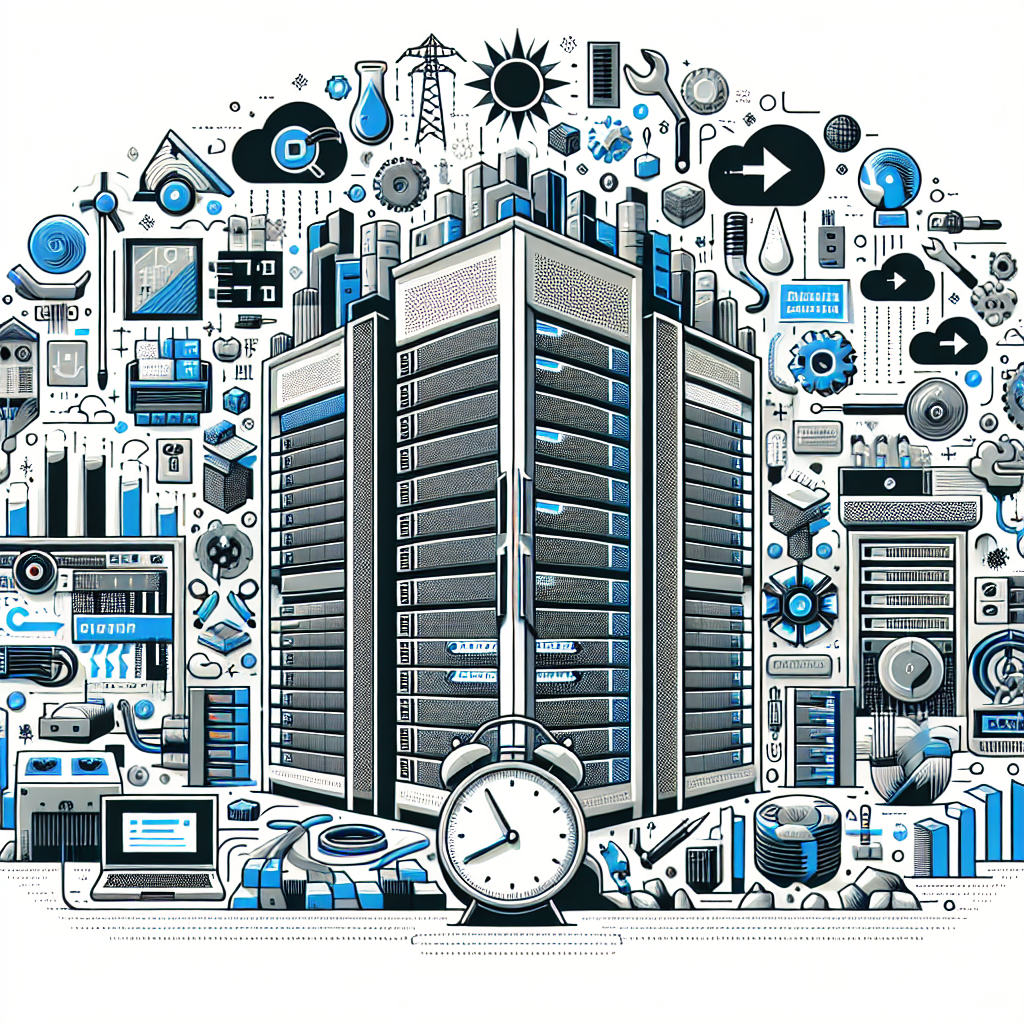Your cart is currently empty!
Factors Affecting Data Center MTBF and How to Address Them

Data centers are essential for storing and managing vast amounts of data for businesses and organizations. However, like any other technology infrastructure, data centers are susceptible to downtime and failures. One crucial metric for measuring the reliability of a data center is Mean Time Between Failures (MTBF), which refers to the average time between failures in a system.
Several factors can affect a data center’s MTBF, and understanding and addressing these factors is crucial for ensuring the reliability and availability of the data center. Here are some common factors that can impact a data center’s MTBF and strategies to address them:
1. Component Quality:
The quality of the components used in a data center, such as servers, storage devices, and networking equipment, can significantly impact the MTBF. Using high-quality, reliable components from reputable manufacturers can help improve the overall reliability of the data center.
To address this factor, data center operators should conduct thorough research and due diligence when selecting components for their data center infrastructure. Investing in quality components may require a higher upfront cost, but the long-term benefits in terms of improved reliability and reduced downtime can outweigh the initial investment.
2. Environmental Factors:
Environmental factors such as temperature, humidity, and power fluctuations can also impact the MTBF of a data center. High temperatures, humidity, and power surges can increase the risk of equipment failures and downtime.
To address these environmental factors, data center operators should ensure that the data center is properly cooled and ventilated to maintain optimal temperature and humidity levels. Implementing a robust power management system with surge protection and backup power sources can also help mitigate the risk of power-related failures.
3. Maintenance and Monitoring:
Regular maintenance and monitoring of data center equipment are essential for ensuring the reliability and availability of the data center. Neglecting maintenance tasks such as firmware updates, hardware inspections, and cleaning can increase the risk of failures and downtime.
To address this factor, data center operators should establish a comprehensive maintenance schedule and conduct regular inspections and audits of the data center infrastructure. Implementing remote monitoring and management tools can also help identify potential issues before they escalate into major failures.
4. Redundancy and Resilience:
Implementing redundancy and resilience mechanisms in the data center infrastructure can help minimize the impact of failures and downtime. Redundant components, backup power sources, and failover systems can ensure continuity of operations in the event of a failure.
To address this factor, data center operators should design their infrastructure with redundancy and resilience in mind. Implementing backup systems, clustering, and load balancing can help distribute workloads and ensure high availability of services.
In conclusion, several factors can affect the MTBF of a data center, and addressing these factors is crucial for ensuring the reliability and availability of the data center. By investing in quality components, addressing environmental factors, conducting regular maintenance and monitoring, and implementing redundancy and resilience mechanisms, data center operators can improve the overall reliability of their data center infrastructure and minimize the risk of downtime and failures.

Leave a Reply